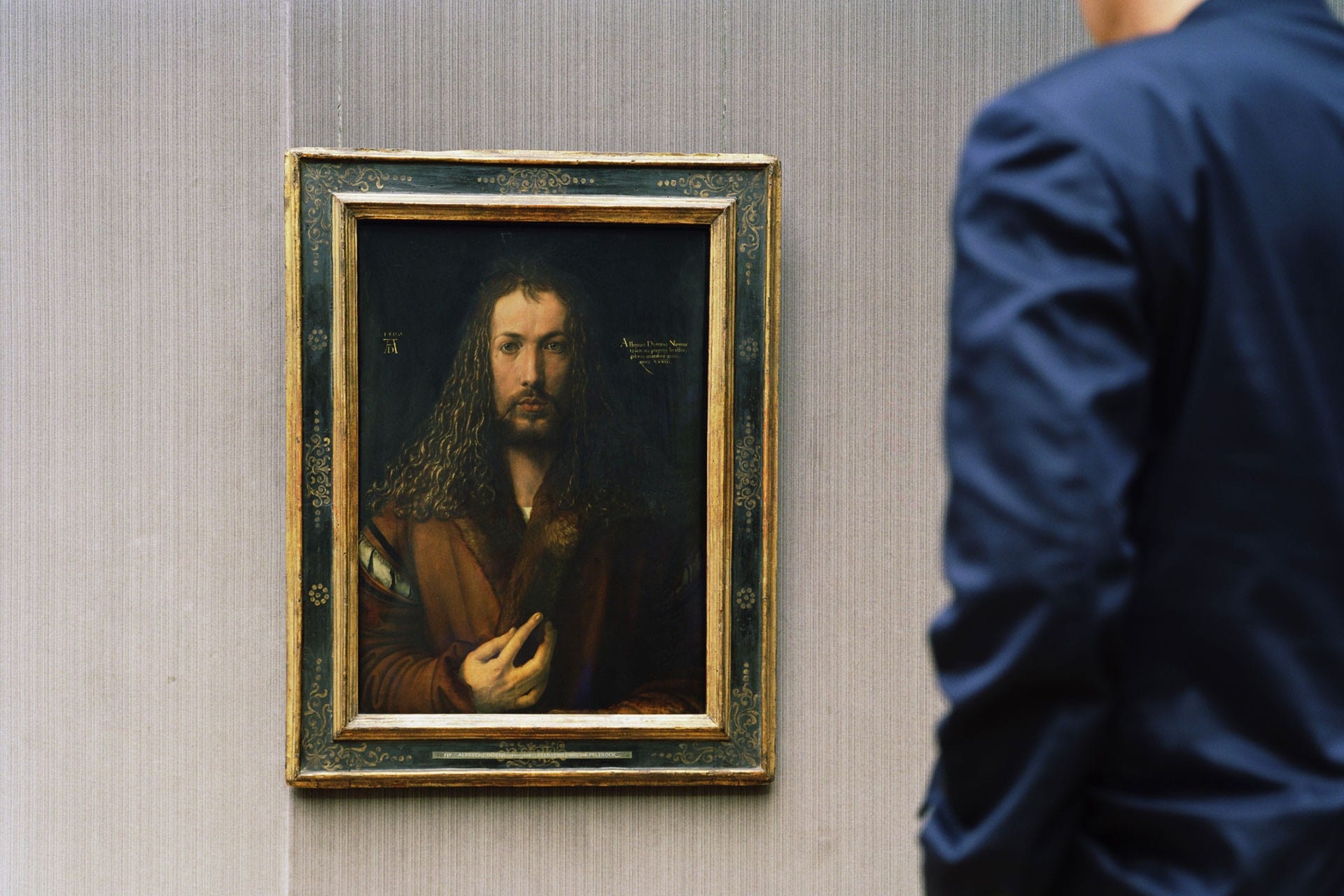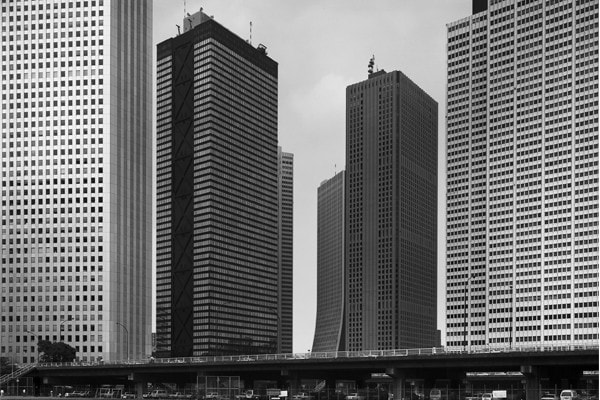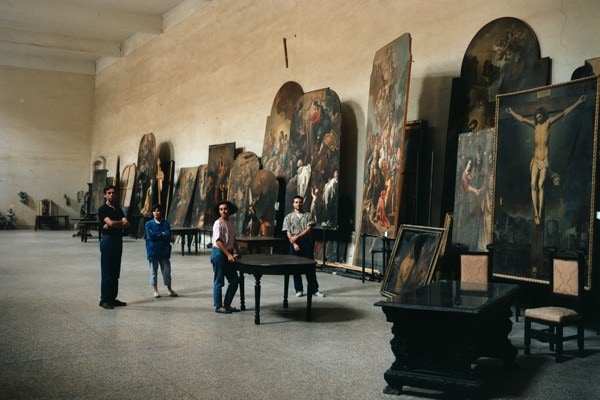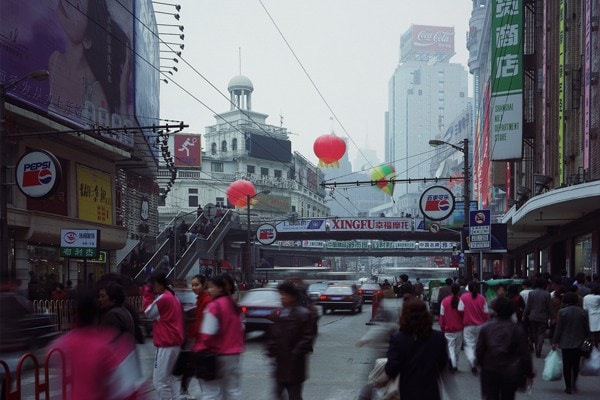Thomas Struth
CONTEMPORARY ART
JUNE 16 UNTIL SEPTEMBER 14, 2009

THE EXHIBITION
Selections from his Street and Landscape series, the Paradise series, as well as works from the artist’s later cityscapes, where the viewer is confronted with monumental architectural sceneries, rendered in colour and varied moods. From the well-known large-scale Museum and Chapel series stand out the Mailander Dom (Fassade) (Milan, 1998); San Zaccaria (Venice, 1995); the Louvre 3 (Paris, 1989), and the Pergamon Museum 3 (Berlin, 2003), all landmarks of Struth’s undisputable penetrating, contemplative vision.
Since the late 1970s Thomas Struth (b. 1954) has been known for his architectural and urban photographs, portraits, landscapes, and museum interiors. Trained first in painting, he took up photography in 1974 and in 1976 he started his own systematic work on streets and architecture in different parts of the world entitled Unconscious Places; small black and white pictures of deserted streets, combining the documentary precision of New Objectivity –the German art movement of the early 20th century that entered the field of photography during the 1970s– with his personal vision of the conditions of public spaces and the history of the collective unconsciousness.
This approach, along with his interest in painting and the question of the institutional representation of artworks, led the artist to the cycle of Museum Photographs from 1989 onwards. These photographs are philosophical essays on the relationship between the ‘masterpiece’ and the audience admiring it, the role of the museum, and that of the photographer, and the way we, as spectators, respond to the photographic image that combines all these relationships. At the turn of the century Struth explored dense landscapes of virgin forests in South and North America, in Asia, Australia and Europe, entitled New Pictures from Paradise.
IMAGES
Curated by
Contemporary Art Program Advisor, Museum of Cycladic Art
Maria D. Tolis
former Curator, Museum of Cycladic Art
Sponsors
SAP
Media Sponsors
ekathimerini
ATHENS VOICE
NET 105,8 FM
ΤRITO PROGRAMMA 90.7 FM




